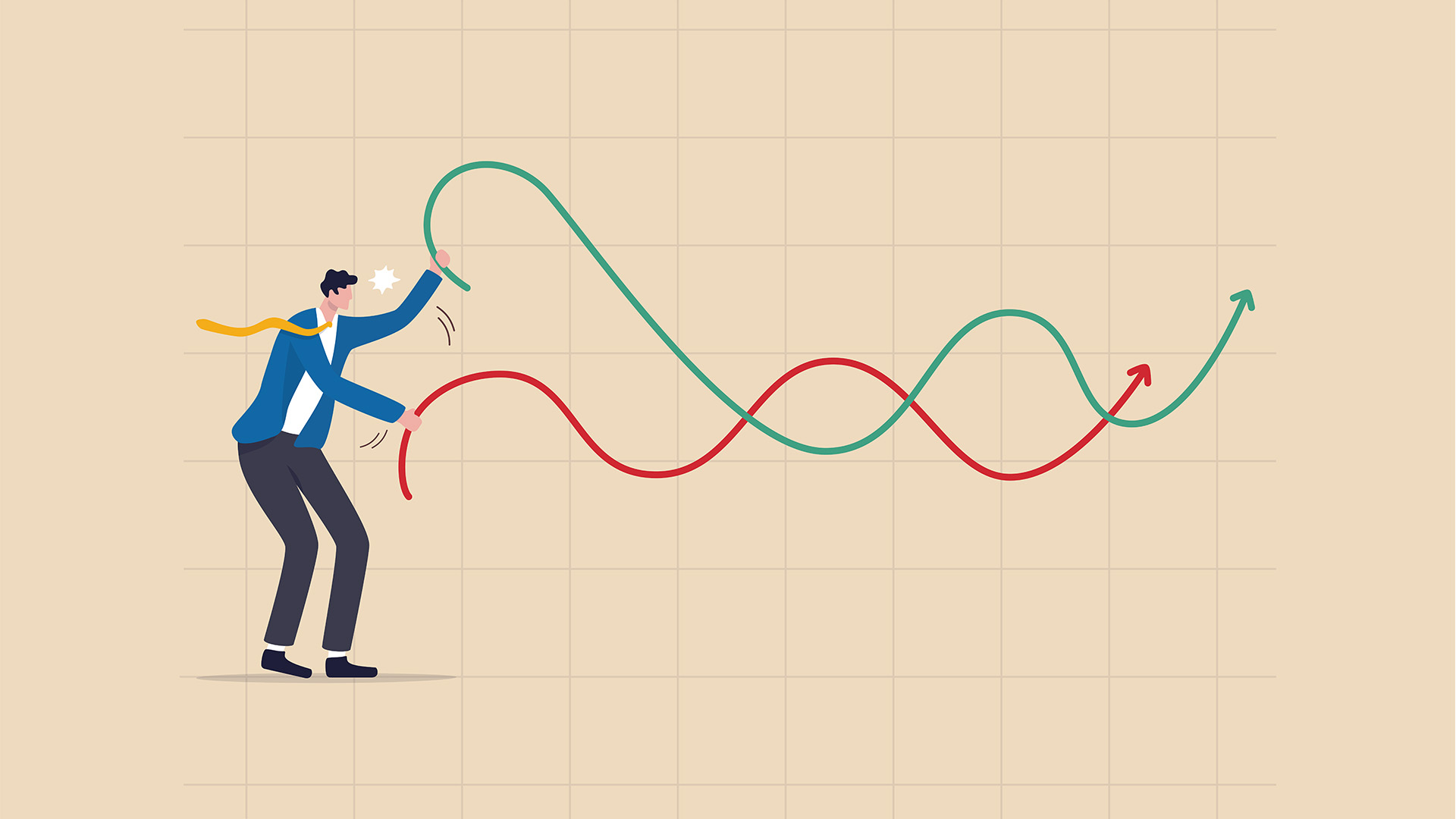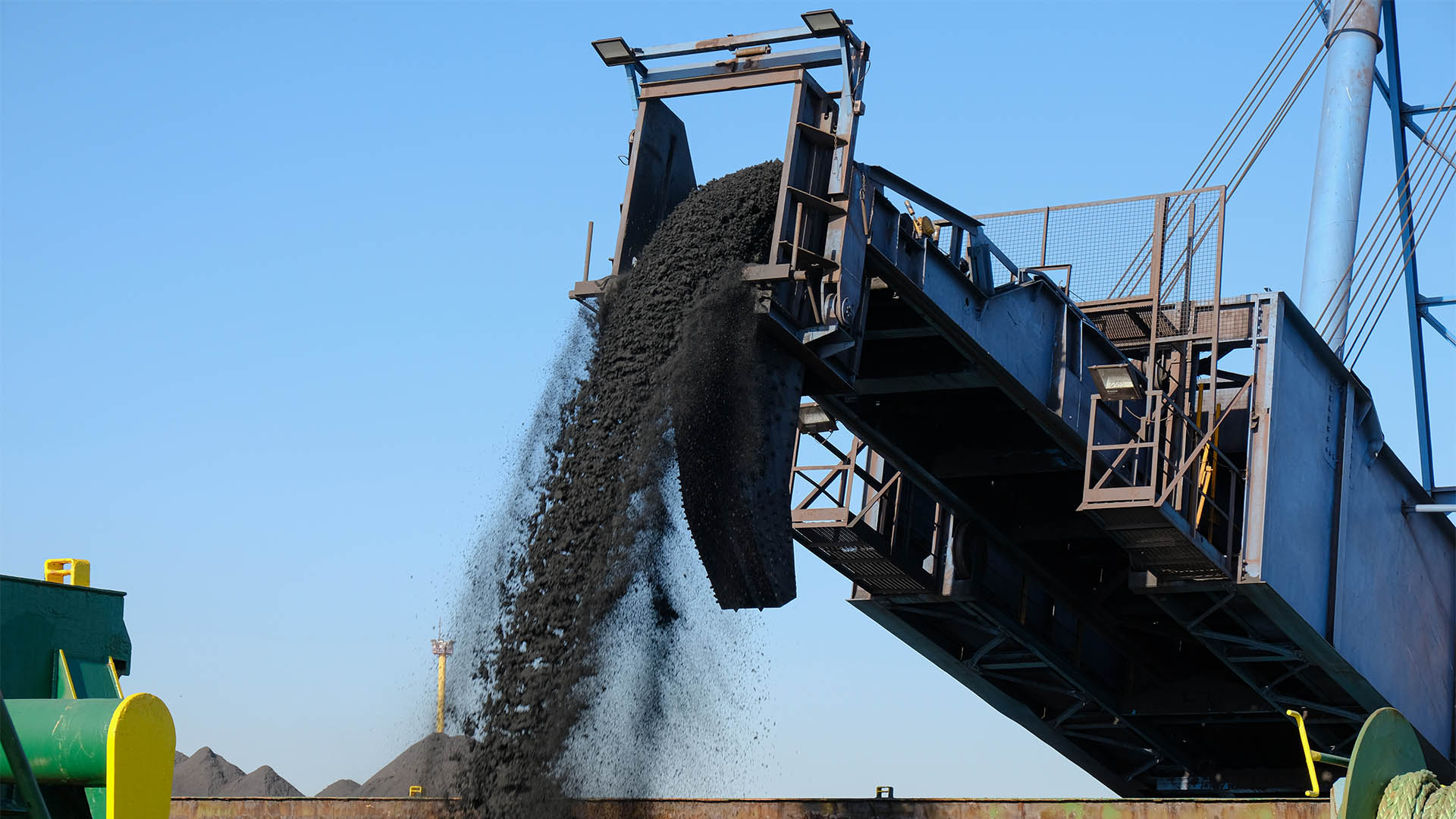Good news of a sort for the building industry on Monday with approvals for new dwellings rising in May because of a surge in greenlights for new apartments, home units and townhouses, while housing finance steadied in May after earlier weakness.
Both data points will not have any impact on Reserve Bank thinking at today’s monetary policy meeting, where they are widely tipped to lift rates by a half a per cent (though some economists think a 0.25% rise might be possible).
The two sets of figures confirm that housing is weak (and house prices are weakening) but is not in a crisis. Job vacancies are at record highs and the labour market is the tightest on record while retail sales continue to grow solidly.
Data from the Australian Bureau of Statistics (ABS) showed total number of dwellings approved rose a seasonally 9.9% in May, following April’s 3.9% dip.
Private sector houses approved fell 2.7%, while private sector dwellings excluding houses (apartments etc) rose 32.0%. The ABS said the value of non-residential building rose 16.5%.
The improvement in May couldn’t disguise the sluggishness of the industry over the past year (and looking out into 2022-23).
The ABS data shows that in the year to May total approvals were down 23.4%, private houses were off 25.3% and non-private dwellings fell 22%.
Daniel Rossi, Director of Construction Statistics at the ABS, said on Monday; “the increase in the total number of dwellings approved in May was driven by approvals for private sector dwellings excluding houses, which rose 32.0 per cent.”
“Approvals for private sector houses fell 2.7 per cent in May, following a 0.2 per cent fall in April.”
Across Australia, the number of dwelling approvals rose in Western Australia (38.7%), Tasmania (26.8%), Queensland (20.9%) and NSW (4.7%), in seasonally adjusted terms. Dwelling approvals fell 21.3% in South Australia and 6.6% in Victoria.
Approvals for private sector houses fell 11.1% in NSW, 4.1% in South Australia, Queensland (down 1.3%), and Victoria (-0.9%). There was a 4.9% rise in WA, seasonally.
The value of total building approved rose 9.9% in May, following a 5.0% fall in April. The value of total residential building increased by 5.6%, made up of a 5.9% rise in the value of new residential building approved and a 3.8% rise in the value of alterations and additions (The tradies are still doing well).
The value of non-residential building rose 16.5% following a 16.8% drop in April. The improvement in this sector is as much due to ‘bunching’ of old approvals by local governments rather than new investment.
…………
Meanwhile other ABS data showed a 1.7% (seasonally adjusted) rise in the value of new housing loan commitments to $32.4 billion in May 2022.
Owner occupied finance rose 2.1% in the month to be down 9.7% over the year to May while investor home loan finance rose 0.9% in May but was still up nearly 24% over the year.
That left the value of new home loans down 0.4% over the year to May, according to the ABS.
Katherine Keenan, ABS head of Finance and Wealth, said: “The rise in May followed a revised fall of 2.8 per cent in April, when the proximity of Easter and ANZAC day public holidays reduced the processing of loan applications. Key lenders attributed the rise in May to a clearing of processing backlogs.
“The value of new owner-occupier housing loan commitments rose 2.1 per cent, contributing 82 per cent of the rise in total lending. Investor loan commitments rose 0.9 per cent.”
The value of new owner-occupier loan commitments rose across most states and territories, the largest being Victoria (up 6.1%), Queensland (up 2.5%) and South Australia (up 2.8%). WA saw a fall of 3.3% and the Northern Territory had a drop of 7.3%.
The number of new loan commitments to owner-occupier first home buyers rose 2.3% in May 2022. The ABS said that was 31.6% lower compared to the same time last year. The number of loan commitments fell in Western Australia (down 2.4%), Queensland (down 0.5%) and South Australia (down 1.5%).












